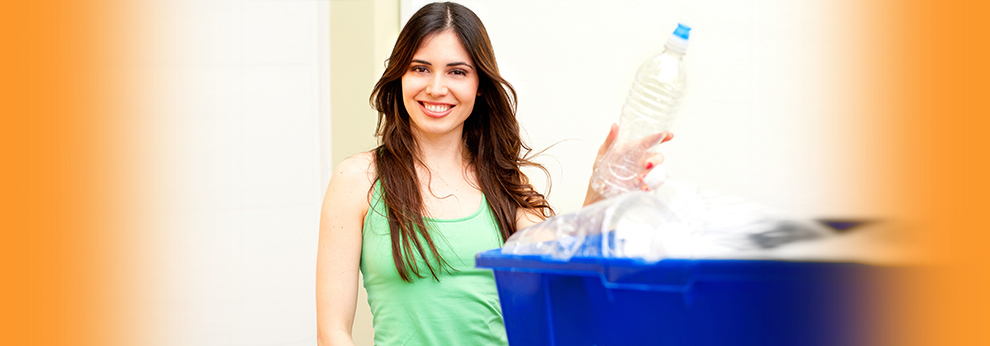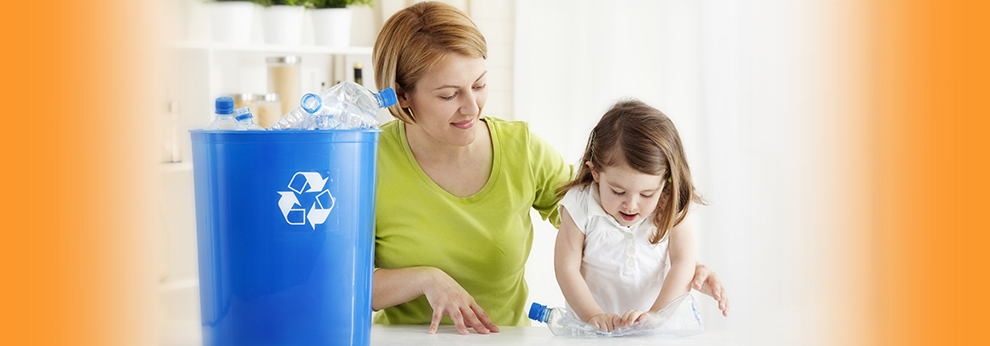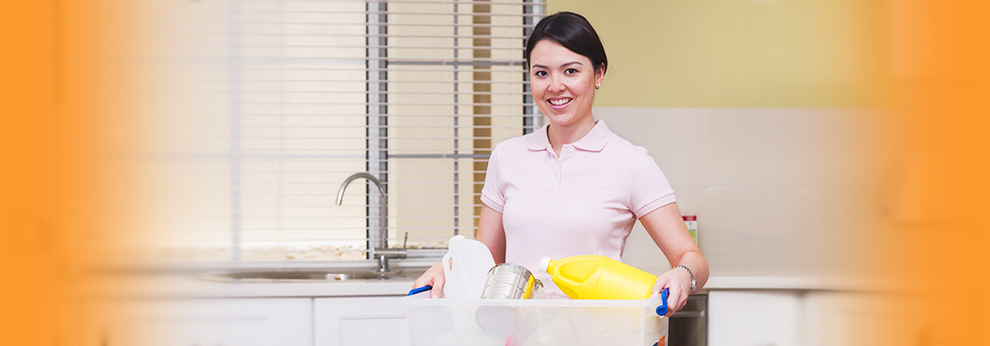Less is More: The Art of Decluttering and Minimalist Living
Posted on 23/06/2025
Less is More: The Art of Decluttering and Minimalist Living
In today's fast-paced, consumer-driven society, more often seems like the answer--more possessions, more commitments, more responsibilities. Yet a growing movement champions the opposite approach: minimalist living and the value of decluttering. The concept that "less is more" is not just a fleeting trend; it's a philosophy that promotes clarity, purpose, and well-being. In this comprehensive guide, we'll explore the transformative power of minimalism, practical strategies for decluttering, and the lasting benefits of adopting a minimalist lifestyle.
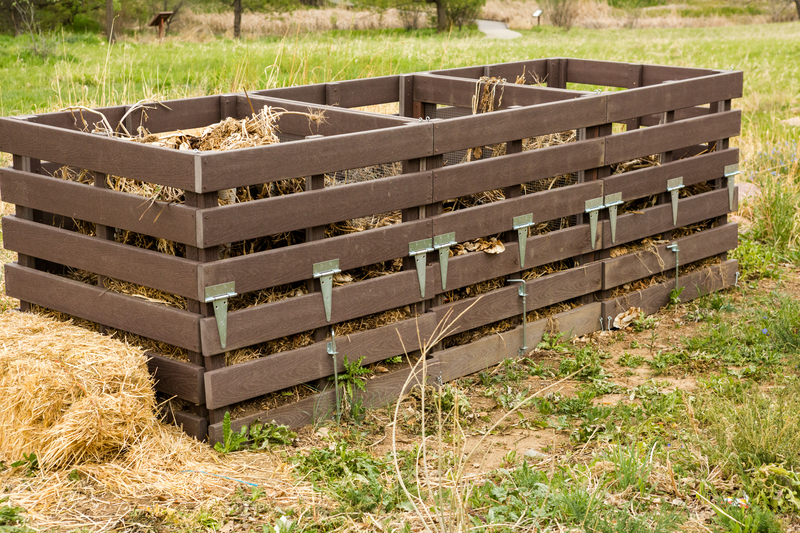
What Is Minimalist Living?
Minimalist living revolves around focusing on what truly matters by intentionally eliminating excess. It's more than just a clean space; it's a mindset shift that underscores quality over quantity and purpose over possession. By embracing minimalism, individuals can cultivate environments--and lives--that are peaceful, purposeful, and rewarding.
Key Principles of Minimalism
- Intentionality: Every item and activity has a clear purpose.
- Quality Over Quantity: Fewer, better things replace the surplus of mediocre items.
- Mindful Consumption: Purchases and possessions are carefully considered.
- Freedom: Less stuff means fewer distractions, more time, and greater mobility.
- Sustainability: Minimalism supports eco-friendly habits by reducing waste.
The Power of Decluttering
Decluttering is the process of systematically removing unnecessary items from your living or working spaces. While the act may appear simple, its impact goes far beyond mere aesthetics. A decluttered home encourages mental clarity, enhances productivity, and fosters a sense of calm. By letting go of physical clutter, you often release emotional burdens, making space for what nurtures your well-being.
Benefits of Decluttering Your Space
- Improved Mental Health: Clean, organized spaces reduce stress and anxiety.
- Increased Productivity: Fewer distractions help you focus better.
- Enhanced Creativity: Simplicity encourages fresh thinking and innovation.
- Easier Maintenance: Less clutter means less time cleaning and organizing.
- Greater Satisfaction: Living with less fosters appreciation for what remains.
Decluttering Techniques: Step-by-Step Strategies
Tackling the clutter in your life doesn't have to be overwhelming. Follow these actionable steps to kickstart your journey toward minimalist living.
1. Start Small
Decluttering works best when you start with manageable areas. Focus on a single drawer, shelf, or corner rather than attempting your whole home in one go. This creates positive momentum and keeps you motivated.
2. Categorize Your Belongings
Arrange possessions into categories: Keep, Donate, Sell, or Discard. Being honest with yourself about need and value is crucial at this stage. Challenge yourself: Does this item serve a purpose or bring joy?
3. The "One In, One Out" Rule
Adopt the habit of removing one item for every new item you bring in. This prevents accumulated clutter in the long term and supports a minimalist lifestyle.
4. Use the 90/90 Rule
Ask: Have I used this in the past 90 days? Will I use it in the next 90 days? If not, it's likely time to let it go. This simple method encourages mindful decisions about what you keep.
5. Organize What Remains
Once you've downsized, organize your belongings logically. Use storage solutions that keep everything accessible and neat. Remember, organization is about function, not about fitting more items in tight spaces.
6. Schedule Regular Declutter Sessions
Minimalist living is an ongoing process. Set aside time monthly or seasonally to reassess and declutter again. This ensures your environment stays streamlined.
Minimalist Living Beyond Your Possessions
Minimalism extends far beyond curating your physical space. The same principles can enhance digital spaces, schedules, and even relationships. By applying the "less is more" philosophy to all areas of life, you gain clarity, balance, and fulfillment.
Digital Decluttering
- Organize Files: Regularly delete old documents, emails, and unnecessary apps.
- Streamline Subscriptions: Unsubscribe from unused services and irrelevant newsletters.
- Limit Notifications: Reduce digital distractions for greater focus and peace.
Decluttering Your Commitments
Our schedules are often overloaded. Evaluate each commitment and ask if it aligns with your priorities and values. Learn to say 'no' to invitations or requests that don't truly serve you. By freeing up your calendar, you open time for rest, creativity, and deeper connections.
Minimalism in Relationships
- Quality Over Quantity: Focus on cultivating a few meaningful relationships rather than spreading yourself thin.
- Clear Communication: Set boundaries and nurture interactions that add value to your life.
Designing a Minimalist Home
Your home environment is a reflection of your internal state. Adopting a minimalist home design doesn't mean empty rooms or cold spaces--it's about creating a sense of calm, beauty, and intentionality. Here's how to begin:
Embrace Functional Furniture
Choose pieces with multiple uses: a storage ottoman or a sofa bed, for example. Furnishings should be purposeful and beautiful, providing comfort without crowding your space.
Neutral Color Palettes
Opt for soft, calming colors--whites, greys, beiges, and earth tones--which enhance light and create a serene atmosphere. Add select pops of color or texture for interest and warmth.
Edit Your Decor
Rather than filling every surface, select a few meaningful items: a cherished photo, a unique sculpture, or a favorite plant. Each piece should have a deliberate place and purpose.
Let in the Light
Natural light amplifies feelings of space and tranquility. Use sheer drapes, keep windows clear, and position mirrors to reflect and expand light throughout your home.
Psychological Benefits of Minimalist Living
Embracing minimalism and decluttering offers profound psychological advantages:
- Reduced Stress: A streamlined environment lessens overwhelm, promoting relaxation.
- Greater Focus and Clarity: With fewer distractions, your mind is free to concentrate on what matters.
- Increased Self-Awareness: Minimalist living demands introspection, helping clarify values and goals.
- Emotional Resilience: Letting go of possessions often involves working through past attachments, building resilience for future challenges.
Minimalism and Sustainability
A commitment to minimalist living often parallels eco-friendly values. Consuming less reduces your carbon footprint, minimizes waste, and encourages more sustainable purchasing habits. Consider:
- Buying Less, Choosing Well: Invest in durable, timeless pieces rather than fast, disposable trends.
- Recycling and Repurposing: Donate usable items, recycle responsibly, or repurpose whenever possible.
- Supporting Ethical Brands: When you do purchase, prioritize companies that align with your values of quality, ethics, and sustainability.
Common Challenges and How To Overcome Them
Adopting a minimalist lifestyle can come with hurdles. Here's how to address some common obstacles:
1. Emotional Attachment
Many struggle to part with items tied to memories or guilt. Try taking photos of memorabilia or practicing gratitude before letting go. Remember, your memories are not tied to objects, but to your experiences.
2. Fear of Future Need
Worried you might need something later? If the item is inexpensive or easily replaceable, trust that you can live without it for now. Donation and lending programs may also provide short-term access if needed.
3. Social Pressure
Minimalism is unique for everyone. Resist comparing your journey to someone else's. Stay focused on your own goals, values, and reasons for simplifying.
Minimalist Living: Practical Tips for Every Area of Life
- Wardrobe: Embrace a capsule wardrobe with versatile, high-quality pieces.
- Kitchen: Keep only the tools you use regularly, and streamline pantry items.
- Bathroom: Use up surplus products before buying more, and simplify your skincare routine.
- Kids' Spaces: Regularly rotate toys, and encourage children to donate gently used items.
- Workspace: Clear your desk daily to boost creativity and maintain focus.
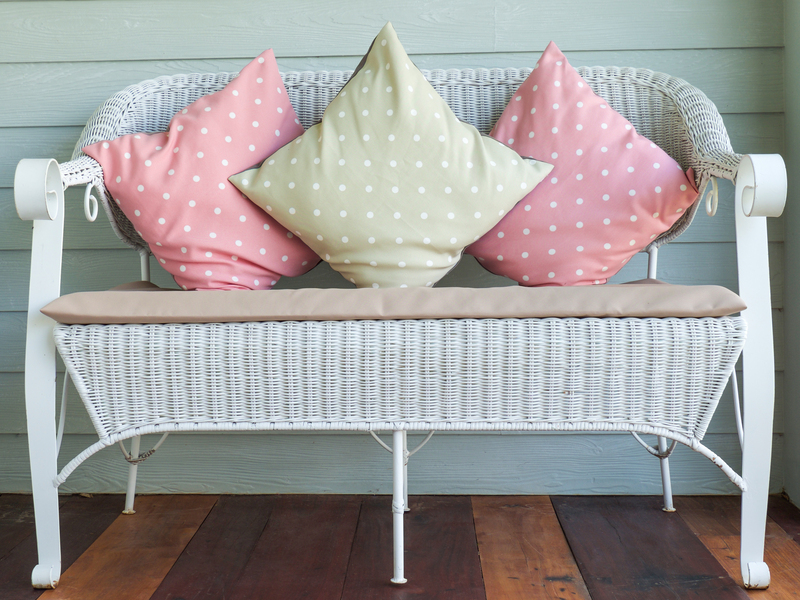
How to Maintain Minimalism for the Long Term
Minimalist living is a lifelong journey, not a one-time event. Here are strategies to maintain your minimalist lifestyle:
- Practice Gratitude: Appreciate what you have, which reduces the urge to accumulate more.
- Review Regularly: Set aside time to reassess your possessions and habits.
- Unplug from Consumer Influences: Limit exposure to advertising and social media that triggers impulse buying.
- Find Joy in Experiences: Focus on experiences over possessions for lasting happiness and fulfillment.
Conclusion: Finding Freedom Through Minimalism
In embracing the art of decluttering and minimalist living, you unlock the freedom that comes from less. Each decision to simplify paves the way for more meaningful connections, a deeper sense of tranquility, and the opportunity to live with intention. While the journey may have its challenges, the rewards--clarity, peace, and authentic happiness--are lasting.
Remember, minimalism is not about denying yourself; it's about creating space for what you truly value. By starting small and staying mindful, you, too, can experience the profound benefits of a decluttered and minimalist lifestyle. After all, sometimes less truly is more.

